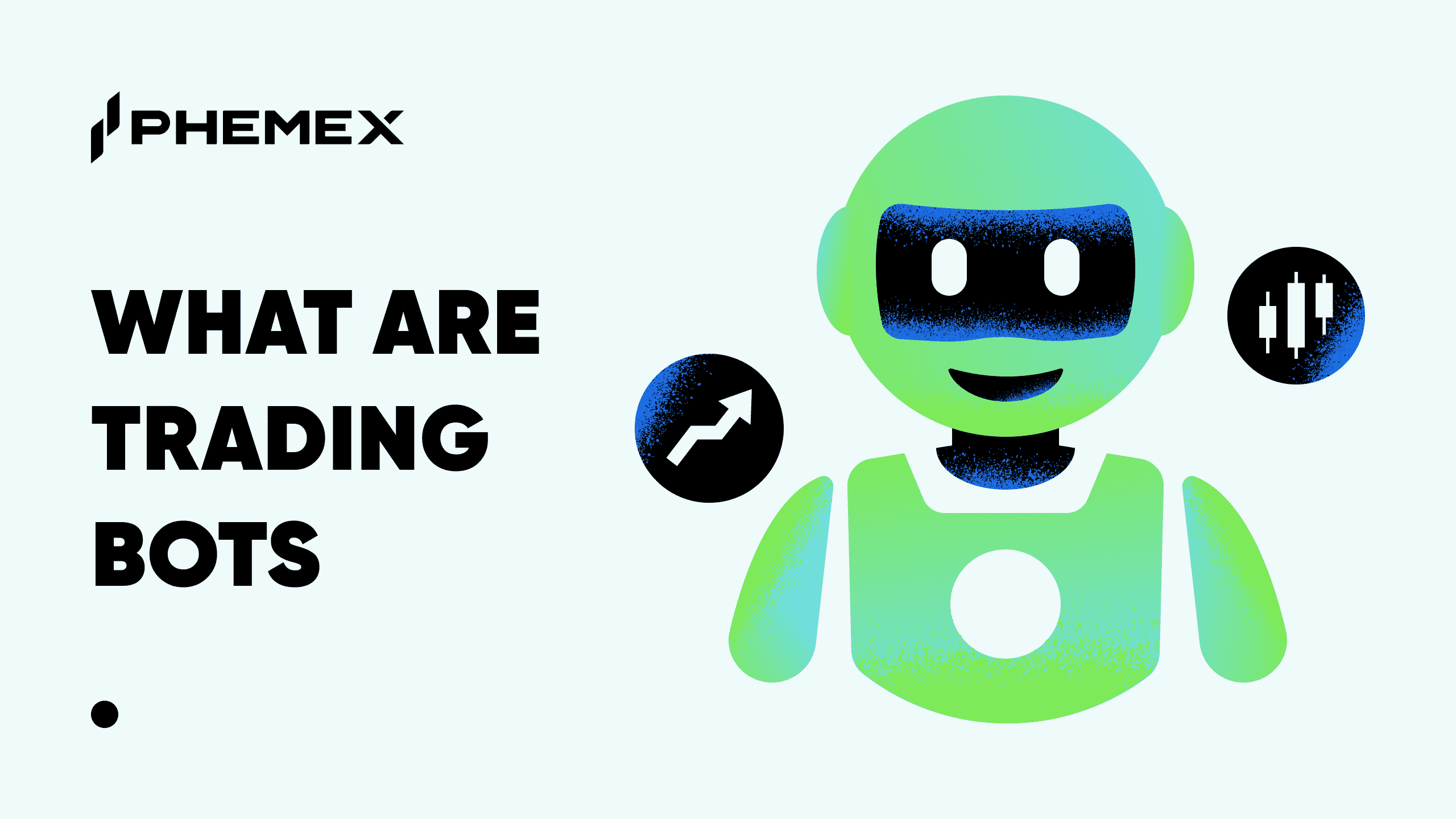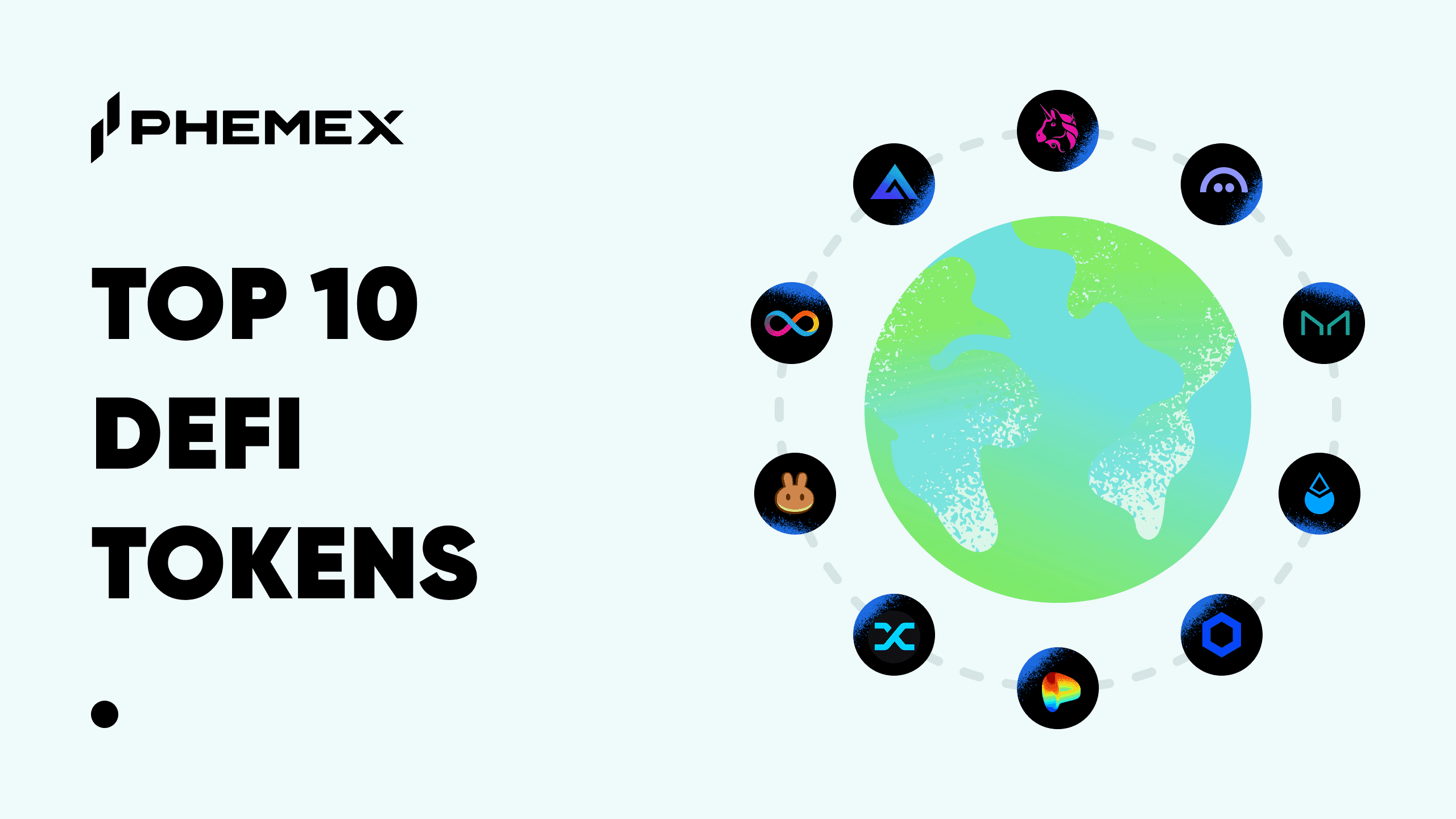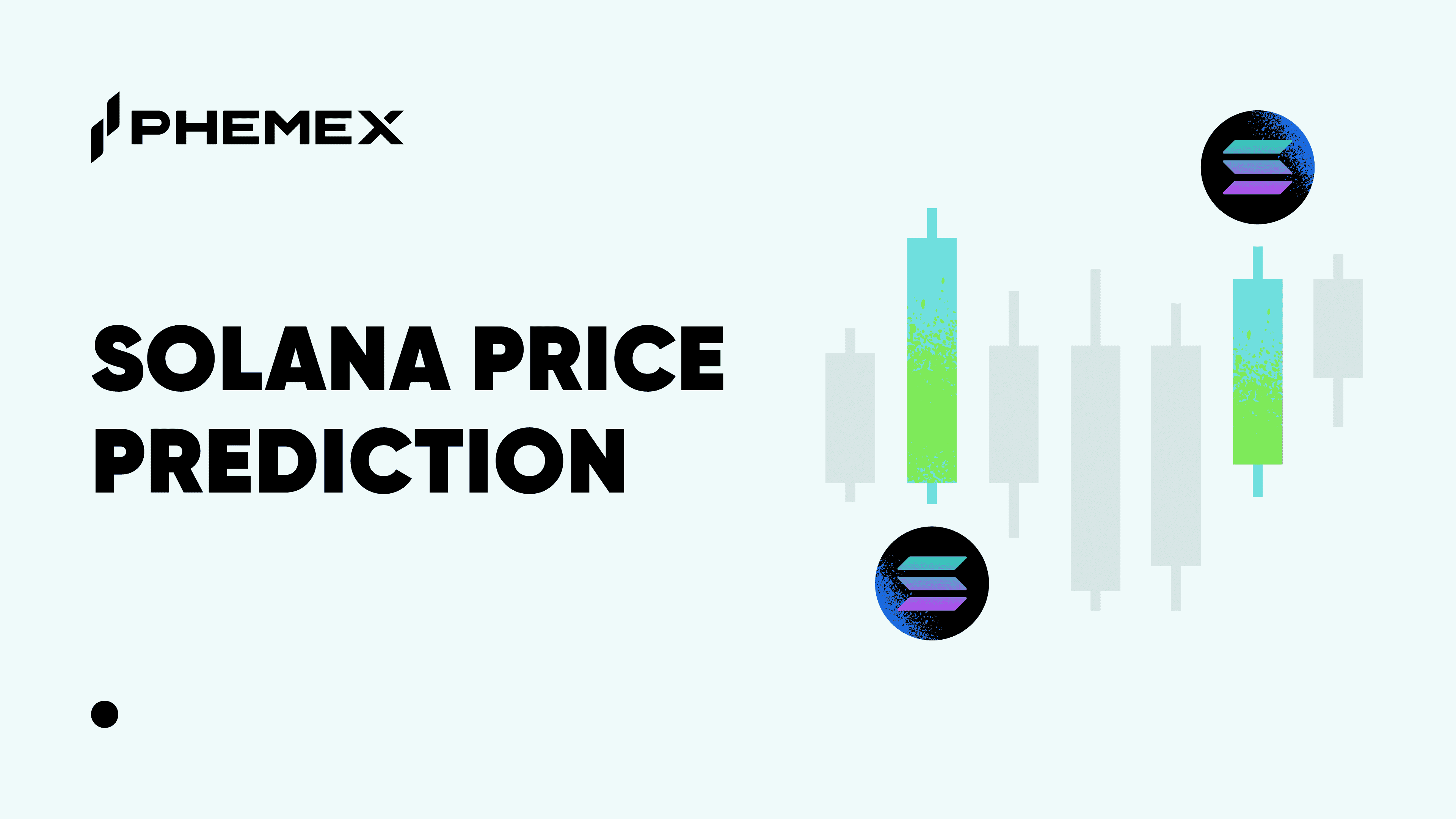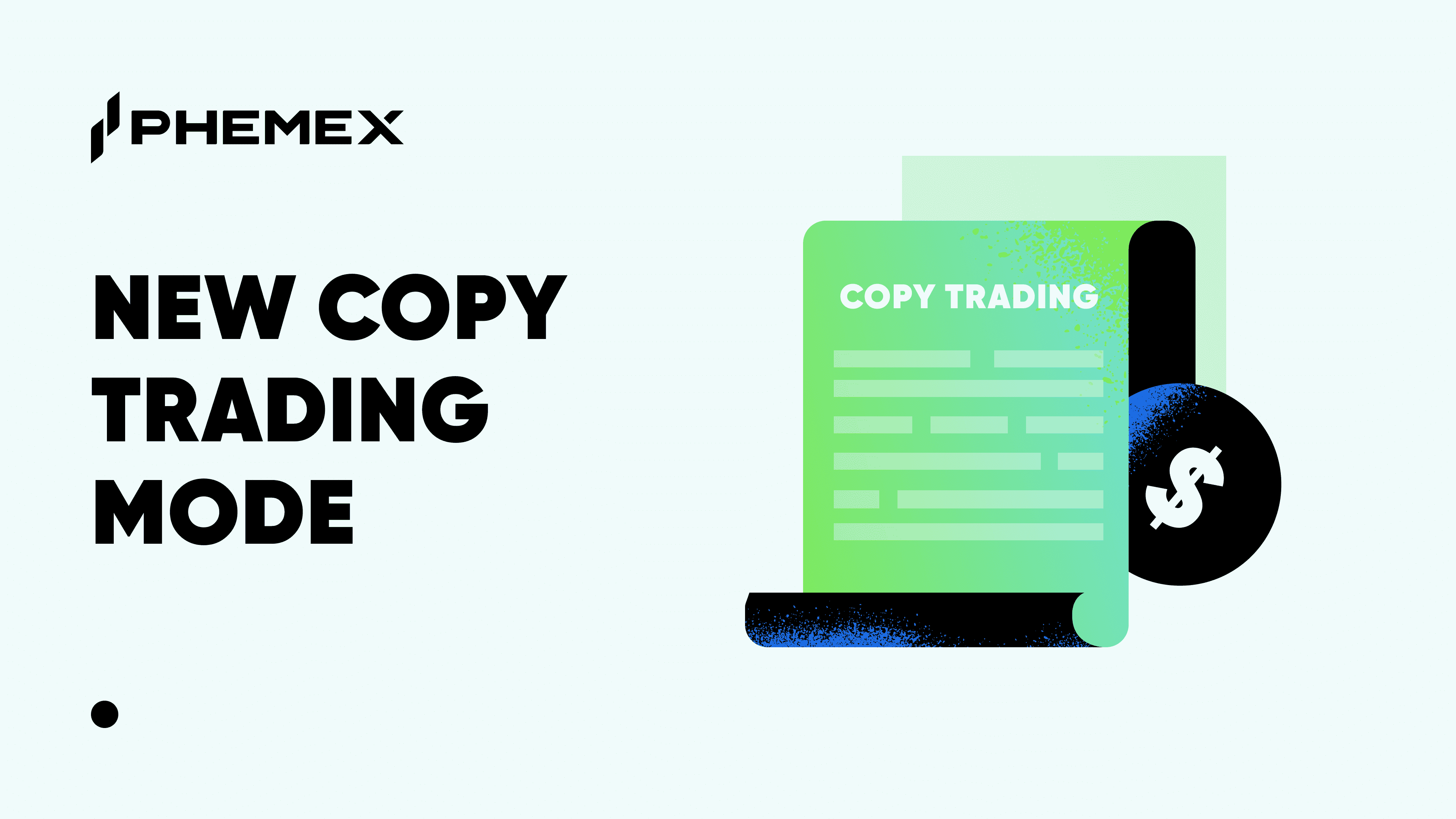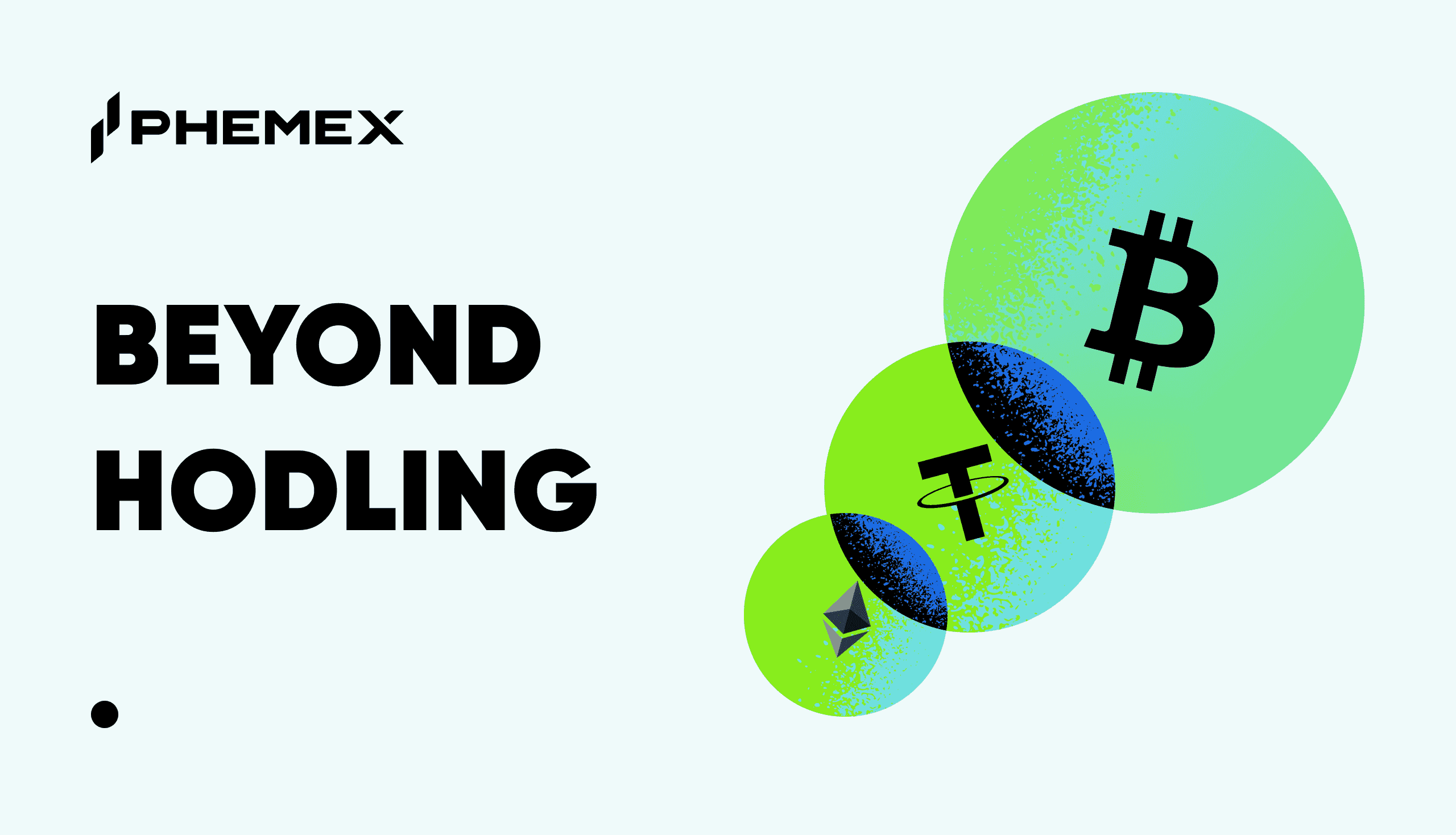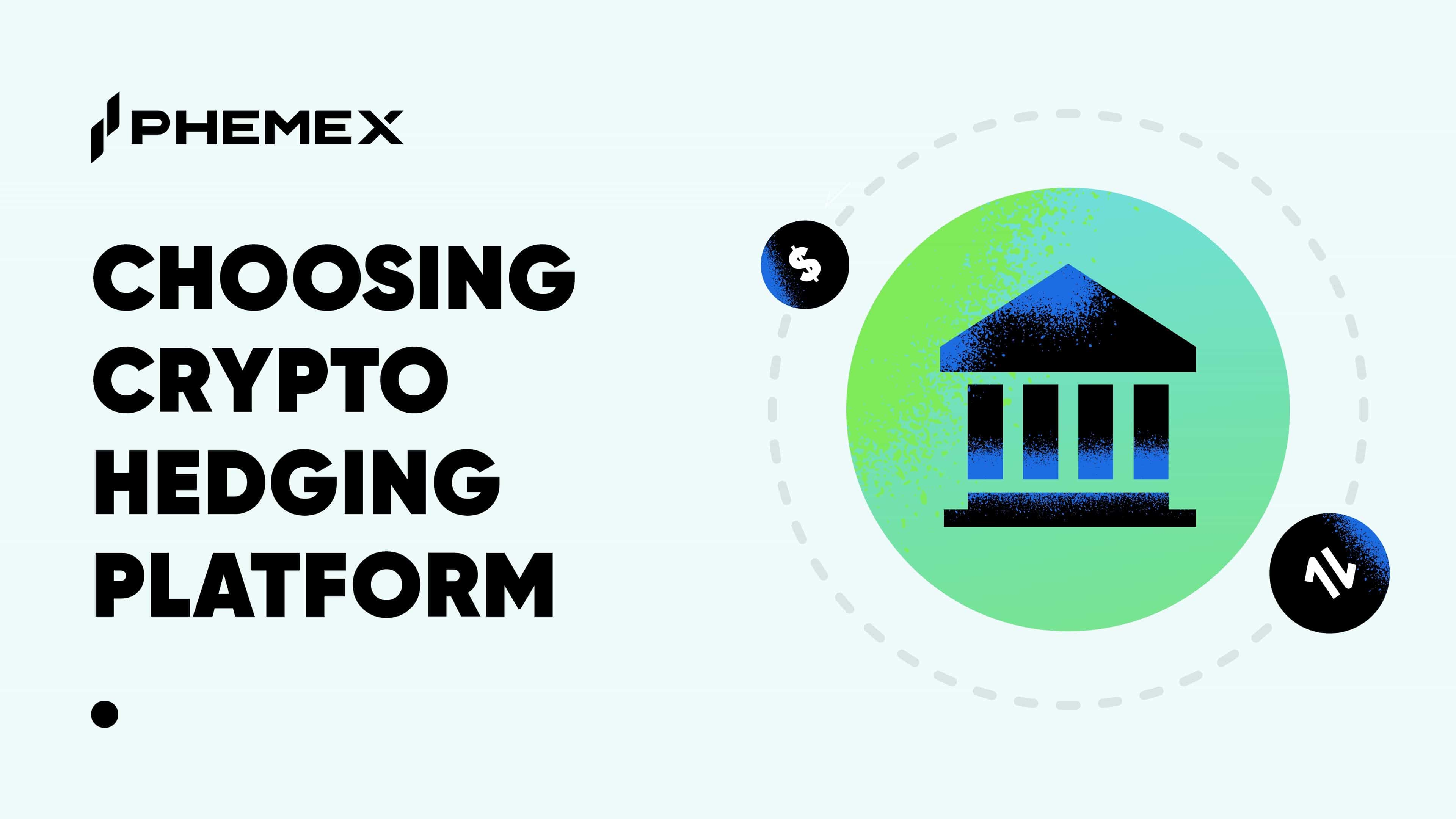In traditional markets, investors who want to invest in a company only have quarterly reports to rely on for information about a company’s financial health and growth potential.
The beauty of blockchain is that much of the data related to a cryptocurrency project is public, trackable, and real-time (those on a public blockchain, that is.)
Blockchain analytics–the science of extracting, analyzing and visualize actionable blockchain data–thus provide immense value to investors by helping them identify trends and make sound, informed investing decisions.

With the suite of blockchain analytics available nowadays, you can not only see company-specific data but get a snapshot of the entire industry–like how much money is locked in DeFi and how much is loaned out (imagine if you could see this information for banks), how many NFTs were sold in the last quarter, how many bitcoins were transacted in the last 24 hours and so on.
You can even stalk millionaire wallets and see what they are buying/selling, hunt for the most fertile yield farms…the list goes on.
11 Top Blockchain Analytics Tools & How To Use Them
1) EtherScan

EtherScan is a block explorer that tracks everything happening on the Ethereum blockchain, from transaction volume to gas prices and unique addresses, among many other metrics. Stuff like this gives one a great snapshot of the state of the industry at a macro level.
One key feature is that it enables users to check and verify smart contracts–especially useful for investors who use DApps to conduct DeFi activities such as lending and saving, as they can check whether a lending protocol is legit.
Secondly, by looking at the level of activity on DeFi protocols like Aave, investors can gauge the demand for it and decide if they want to invest in the AAVE token.
2) DefiLlama
DefiLlama is the largest blockchain and data analytics tool designed for tracking DeFi activity like borrowing, lending, staking, and saving across 1,750 DeFi protocols from over 145 different blockchains.
If you want to know whether to invest in a DeFi protocol, you can check out its TVL–this refers to the entire amount deposited as either collateral or liquidity tokens. The higher the TVL, the higher the collective faith the market and investors have in it. Investors also use TVL when judging if a token is overpriced or underpriced (a token might be overpriced if its market cap is too high when compared to its TVL)
New features include:
- DeFiLlama Borrow: find the best borrowing deals by collateral + tokens
- DeFiLlama Raises: puts together a list of investors and VCs backing a particular crypto project; useful because it can clue retail investors like you and me into what may potentially turn out to be the next big project, and if we get in early before it blows up, we will significantly increase our ROI. Of course, VC backing itself is not a failsafe indicator so as always, do your research and invest only what you can afford to lose.

3) Glassnode
Glassnode provides on-chain market intelligence and exchange data for institutional and retail crypto investors so that they can make more informed investment and trading decisions for Bitcoin, Ethereum and other cryptocurrencies.
Many of its features are gated for paying subscribers, but some of the key ones, especially core metrics pertaining to adoption of Bitcoin, for example, are free. We are fans of Glassnode’s user interface as it does not only show the data, but explains why it matters, like this:

4) DappRadar
DappRadar tracks over 12,000 decentralized apps (DApps) from over 47 protocols across all categories, from play-to-earn games to DeFi to NFTs, marketplaces, gambling, and more.
Launched in 2018, it is one of the most established analytics platforms that gives investors not just an overview of the crypto industry, but drills down into the details–from how much users spend on DApps to how many unique wallet addresses are active and the value of a particular NFT.

Tip: to build a diversified crypto portfolio, consider investing across categories e.g. buy a token in gaming, one in DeFi, one in an exchange, and so on.
Finally, DappRadar has a portfolio section that helps users track their portfolio assets, with cross-chain capabilities to track tokens and NFTs across Ethereum, Polygon, and other chains.
5) Dune Analytics

Dune is a formidable blockchain analytics platform that features easy-to-read pie/bar charts about the state of a particular sector, project or an entire ecosystem–at a single glance.
The cool thing about it is that all the visualizations (which are created by users, for users) help users see the big trends and shifts, so that you get a feel for where the market is before making an investing decision.
For example, perhaps you want to get a sense of how Solana is performing as an Ethereum alternative (because you always root for the underdog.) You’d just go to the dashboard and click on “Solana Transactions – NFT Solana Marketplace and DEX” to pull up the below charts to make an assessment.
Dune took just 3 years to attain unicorn status, with a $1 billion valuation with the backing of big-name investors like Dragonfly and Multicoin Capital.

6) DexScreener
DexScreener offers the typical real-time price charts, price-tracking function and trading history (buy/sell volume, liquidity, FDV), but it’s especially great for those hunting for microcap coins that recently launched–yes the ones with the potential for 1,000,000% gains.

7) Nanoly (formerly Coindix)
Looking to put your idle crypto assets like stablecoins to work but not sure where is the best place to get the best yields? Coindix is a useful tool for yield farmers and hardcore degens, as it shows the most rewarding yield farms and interest rates on its dashboard. User beware though–if it’s too good to be true, it may just not be true.

8) CryptoSlam
CryptoSlam is an NFT aggregator that tracks data for millions of NFTs across 15+ blockchains to help traders spot their next NFT investments.
If you want to know which NFT collections the top traders are buying and selling, this is the place to go. Its NFT collection ranking by sales volume (24 hours) ranks all the listed NFT projects on CryptoSlam and sorts them by top sales volume in the last 24 hours. This metric will allow you to stay current on what is holding value and what isn’t.

CryptoSlam also shows users the rarity score of a particular NFT. The rarity score refers to how rare the individual traits of an NFT are. NFTs with high rarity scores are usually more valuable than those with lower rarity scores. When buying NFTs, users should check to see if the price matches the rarity score of the NFT.
9) DeBank
A multi-chain portfolio tracker that supports the largest number of DeFi protocols from decentralized lending protocols to stablecoins, margin trading platforms and DEXes. But perhaps its most useful feature is its wallet tracker which enables you to follow whales and copy millionaire trades in addition to tracking and managing your own assets.

10) L2Beat
As its name suggests, L2 is all about the Layer 2 solutions. It differs from more well-known apps like DeFi Pulse and DeFiLlama in that these mainly track Total Value Locked (TVL) of DeFi projects on various chains, while L2Beat tracks not just this but risk metrics related to the “liveness and security” of those projects, with a focus on user funds’ security.

11) Blockchair.com
Blockchair.com is a blockchain search and analytics engine for Bitcoin, Ethereum, Litecoin, Polkadot, Solana and many other cryptos. It aims to be the “Google for blockchains.” Take one look at its website and you will see that it’s pretty serious about that goal.
Besides tracking the size of transactions, number of nodes, fees, and other metrics that indicate the activity, growth and health of a network, it also has a pretty useful feature under “Awesome Services” that lists profitable savings and lending rates, all on one dashboard, so that you can park your crypto where you’ll get rewarded the most.

Another super-interesting feature is its “privacy-o-meter” that enables you to check the privacy level of your Bitcoin transactions by entering your Bitcoin transaction hash. With this knowledge, you can consider changing the app or website used for future transactions.
Read More
- How to DYOR (Do Your Own Research): A Comprehensive Guide
- How To Do Crypto Research: The Best Ways to Get Started
- What Are Decentralized Applications (dapps)?
- What is Cryptocurrency & How It Differs From Digital Cash
- What are Crypto APIs and SDKs: How to Choose the Best
- What Is DeFi: How To Be Your Own Bank With $100
- TradingView: What Is It and How to Use It to Trade with Phemex
- How To Trade Crypto: The Ultimate Investing Guide






